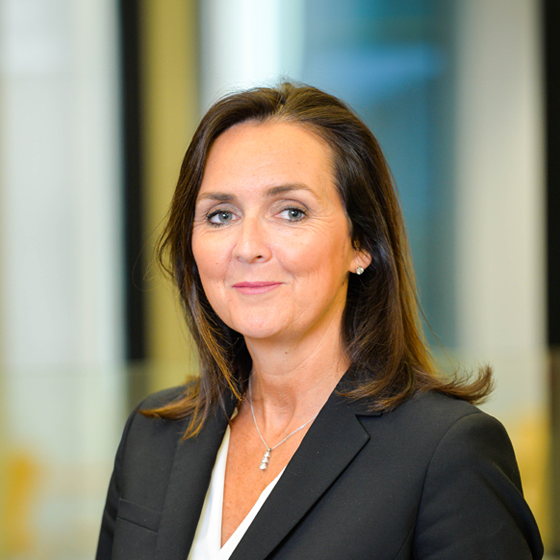
Kerry Bailey
Our Health & Social Care team provides specialist accountancy and business advice to a full spectrum of private, public and non-profit health and social care organisations. We are co-founders of the Care Conversation networking forum and hold regular discussions with leading care providers, regulators and government policymakers.
Our clients include elderly care home groups, specialist adult disability and mental health care providers, children’s services businesses including fostering agencies and residential care and education providers, Local Authority commissioning bodies, NHS Clinical Commissioning Groups, Housing Associations and charities.
Our approach to helping you achieve your organisational goals is distinct; we are responsive to your needs and take a hands-on approach in supporting you to achieve your ambitions. There are major challenges facing all types of health and social care providers, including:
We work collaboratively across our sector specialist teams in across our Advisory practice to provide a full suite of services including but not limited to:
We are a specialist corporate finance team that has advised on a large number of transactions across all sectors of health and social care.
We have advised on fundraisings, acquisitions and disposals, working directly with private shareholders, charities, corporates, REITs and private equity funders. We advise on all aspects of transactions, including providing advice regarding valuation, negotiation, building financial models, identifying potential investors and acquirors, securing access to funding, and project management of the deal process.
The type of corporate finance advice we offer to clients includes the following:
Our Transaction Services team can help you to identify key areas of focus and risk for both you and other stakeholders, such as funders, in the transaction. We have a strong track record of providing a range of services to clients across health and social care, including:
Buy side diligence: Working on your behalf to carry out financial and tax diligence on potential acquisitions.
Vendor due diligence: If you and your advisers anticipate a competitive sales process, commissioning a Financial Due Diligence (“FDD”) report is an effective way to:
BDO’s Healthcare & Life Sciences Commercial Due Diligence and Growth Strategy team has strong expertise and credentials across health and social care. We work with a wide variety of clients ranging from care homes and homecare groups, private hospitals, special educational needs schools and digital health providers through to private equity and financial institutions.
Our experienced team is differentiated by being made up of a combination of ex-industry professionals and healthcare practitioners such as doctors and pharmacists, who also have top level commercial experience.
We interact and collaborate with policy makers, commissioners and market analysts on a regular basis, adding to our large network in the area.
We are comfortable working with advisors across all areas of the deal, including corporate finance, business restructuring, tax and financial due diligence.
Select experience includes:
BDO’s Business Restructuring team have the industry experience, skills and technical expertise necessary to implement practical solutions on a national and regional basis. Our clients include operators, landlords, CQC, Department of Health, CI Wales, CI Scotland, CCGs, Banks and other financial institutions. We work in collaboration with healthcare policy-makers, commissioners, providers and regulators.
To find out more about how our team can help you, download our service guide below.
We are familiar with the regulatory requirements and have registered a number of facilities under the Health & Social Care Act 2008. Key services we offer include: